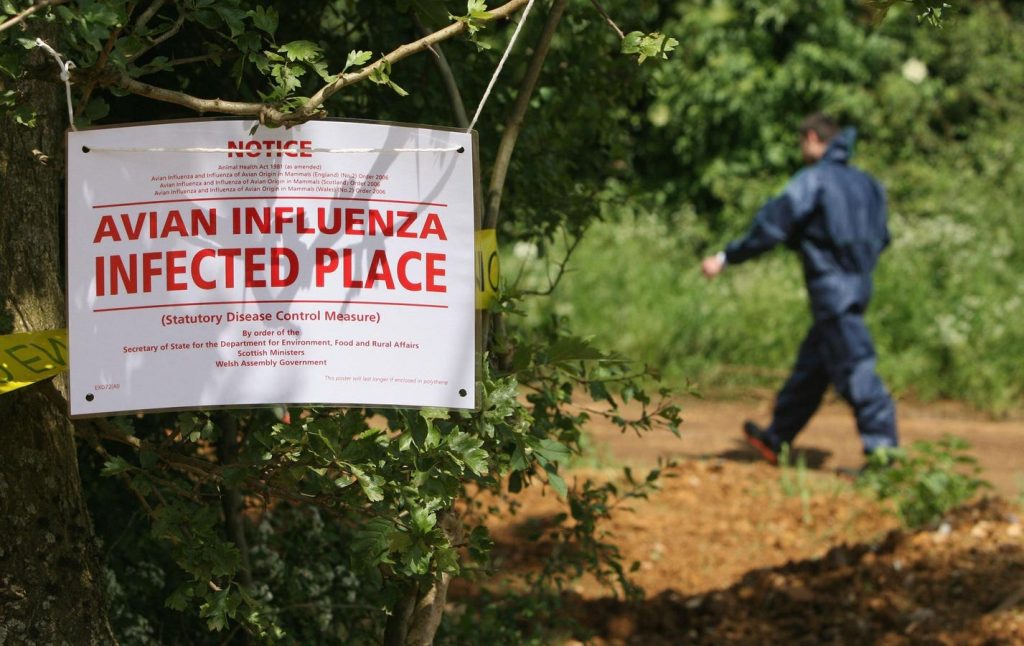In early April, the CDC reported a human case of highly pathogenic avian influenza (HPAI) in Texas. The infected individual had developed conjunctivitis after being exposed to dairy cattle presumed to be infected with HPAI. This raised concerns of a potential outbreak or even a pandemic in the human population, as it was the second case of avian influenza in the US since 2022.
Avian influenza viruses circulate among various animal species, including birds, swine, horses, dogs, and bats. Wild waterfowl are considered a natural reservoir for the virus, but transmission to other animals, such as poultry, can have devastating consequences. The ongoing outbreak of HPAI, particularly the H5N1 subtype, has affected millions of poultry and even certain mammals like dairy cattle, raising concerns of potential adaptation for more efficient transmission among mammals.
While avian influenza has the potential to cause a significant outbreak in humans, there are significant differences compared to Covid-19. The SARS-CoV-2 virus responsible for Covid-19 resulted in a global pandemic due to lack of prior immunity, vaccines, and treatments. However, HPAI has been studied for nearly three decades since its identification in 1996, potentially reducing the likelihood of a pandemic on the scale of Covid-19.
Existing flu tests, especially molecular tests like PCR, can detect avian influenza strains, including H5N1. However, they may not be able to differentiate between common human subtypes and avian subtypes. The CDC is working with test manufacturers and clinical labs to develop tests specific for highly pathogenic avian influenza strains.
Researchers have developed a candidate vaccine against H5N1, which has shown promise in eliciting a robust immune response. FDA-approved antiviral medications used to treat human influenza have also been found effective against HPAI, potentially reducing severe cases and mortality. Production and deployment of these tools could happen rapidly if needed to curb the spread of avian influenza in humans.
To help prevent an outbreak of HPAI in humans, individuals are advised to avoid contact with sick animals, particularly birds or cattle. If contact is necessary, protective gear like eye protection, N95 respirators, and gloves should be worn. Testing for influenza is recommended if symptoms like sore throat, cough, fever, body aches, or conjunctivitis develop after being exposed to potentially infected animals. These steps can help reduce the risk of a human outbreak of highly pathogenic avian influenza.













